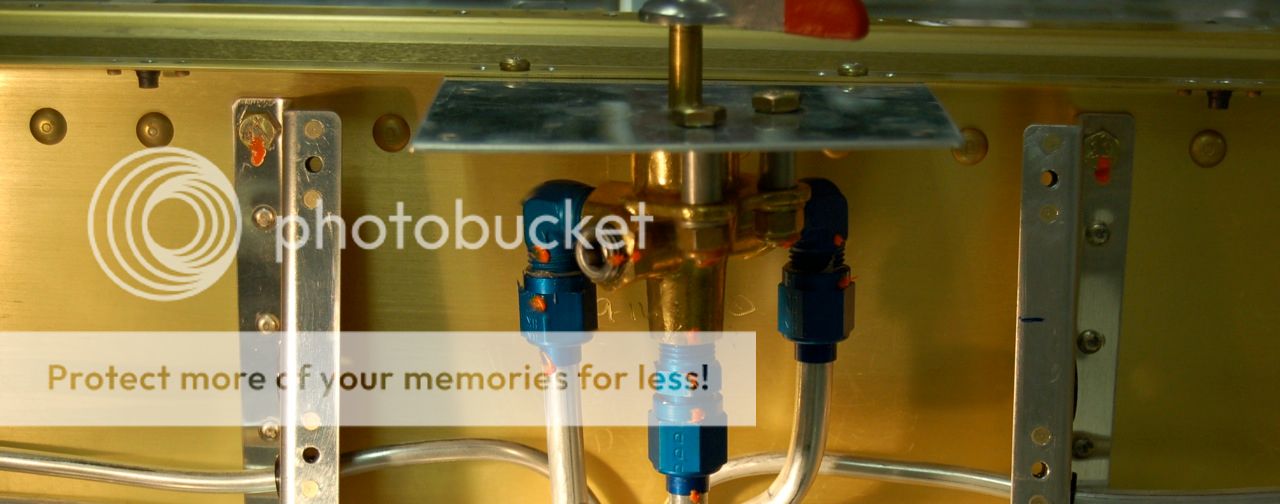Walt
Well Known Member
I hate when I find this stuff, it's a lot of work to fix 
All this stuff in the tunnel of a 10
Leak at fuel selector

Leak at feedthru from tank L/H side (notice the blue staining on insulation)

Leak at fuel pump 'T'

Making your own FWF hoses? Maximum gap allowed between nut and collar is 1/16" (this one is over a 1/4")

If your flares look like either one of these you've got more work to do!


Quick tutorial on flaring. One of the more important things is lubricating the cone before starting the process, if you don't you will "smear" the metal in the flare.
http://www.sportaviationonline.org/sportaviation/201001/?pg=80#pg80
All this stuff in the tunnel of a 10
Leak at fuel selector

Leak at feedthru from tank L/H side (notice the blue staining on insulation)

Leak at fuel pump 'T'

Making your own FWF hoses? Maximum gap allowed between nut and collar is 1/16" (this one is over a 1/4")

If your flares look like either one of these you've got more work to do!


Quick tutorial on flaring. One of the more important things is lubricating the cone before starting the process, if you don't you will "smear" the metal in the flare.
http://www.sportaviationonline.org/sportaviation/201001/?pg=80#pg80





